"Capital is the Superior of Labor" Bankruptcy and the Primacy of Corporate Law Over Workers Rights
Portside
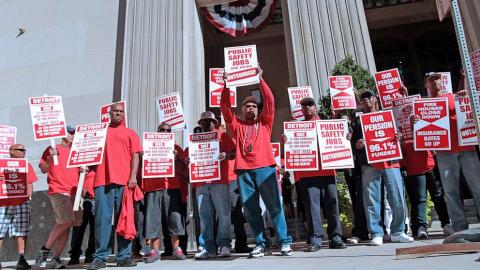
This article outlines some of the basics of U.S. bankruptcy law and how it relates to worker rights. I will review the current law and some history, and then go into detail about how bankruptcy affects unions. I then offer some ideas of what workers and unions can do to protect themselves under bankruptcy.

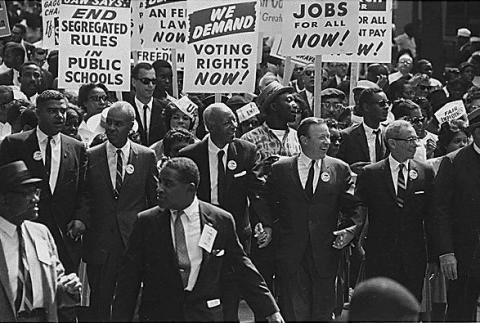


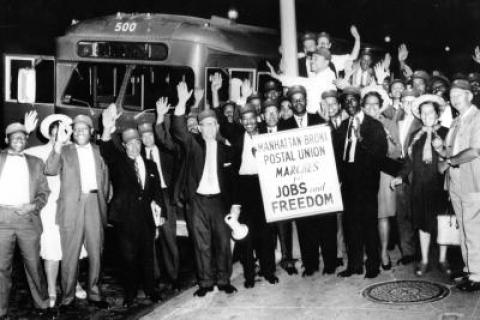
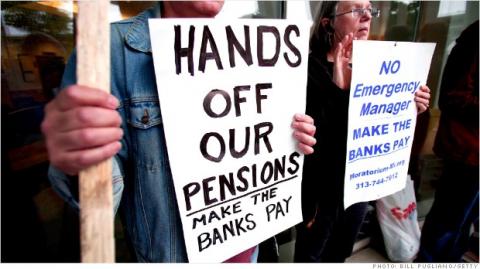

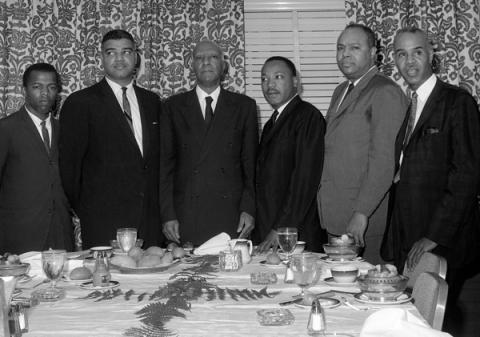
Spread the word